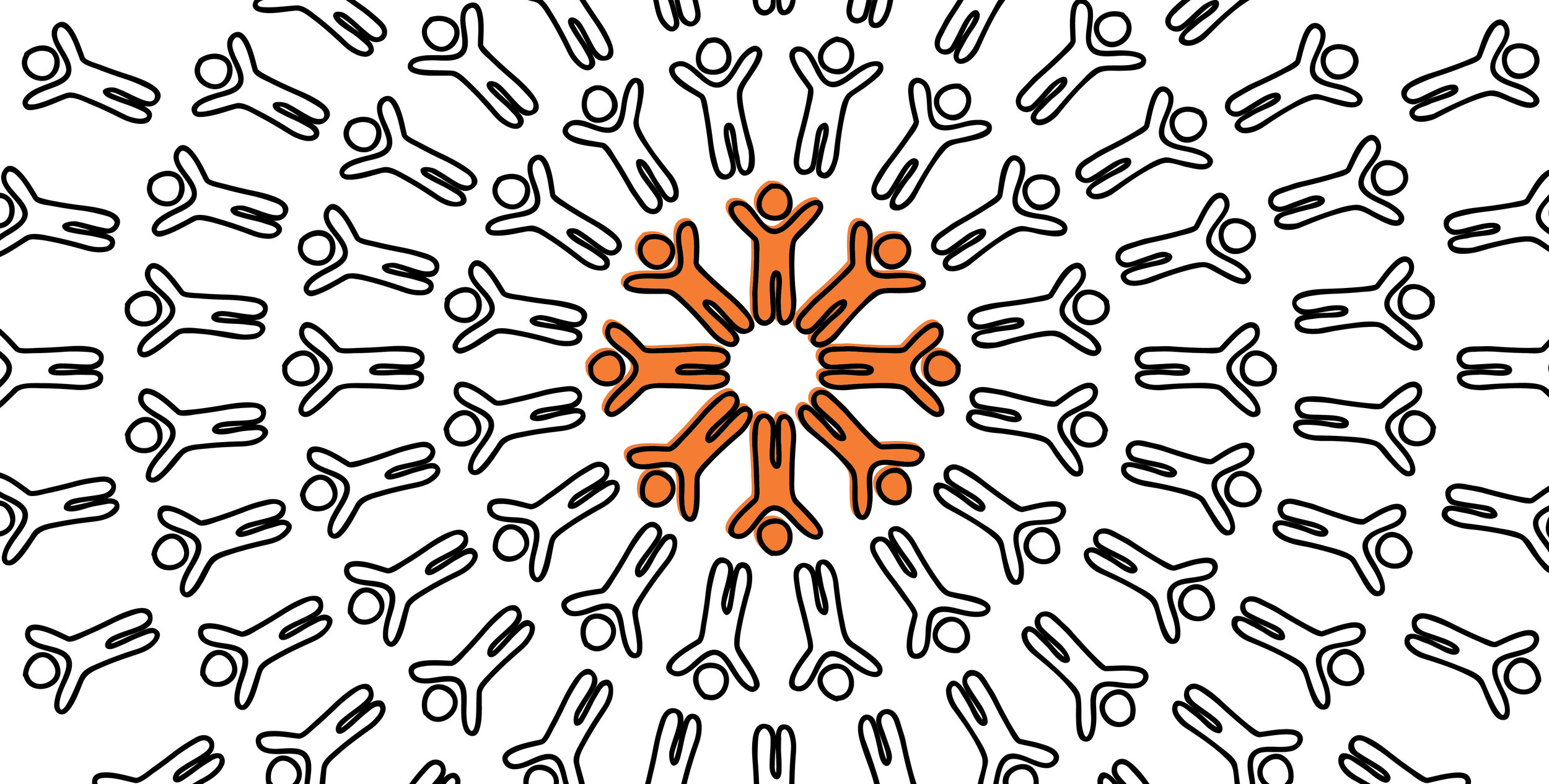Deconstructing Design
Design as a domain which allows everyone to bring their own self to it. Despite design being around us all the time, each individual’s definition of design is unique and shaped by their own experiences.
For some design is a pattern, a thing drawn on a piece of paper, for others it is an object — a logo, a machine or a chair. Yet for others it is an experience — a sum of the thoughts and feelings at a particular point in time.
This abstraction around design and the intangibility that follows is often confusing. This article is an attempt to navigate through that complexity. Fair warning — the list by no means is exhaustive, the hope is that the article much like what its about, can evolve over time. So welcome to the chaos!
1/ Design as a craft
A large part of design is influenced by how its made. The history of craft and design are very closely linked and its only in the last couple of decades that distinction has been made apparent. But even with all the technological advancements, the idea of creating bespoke, personalised artefacts and experiences holds value now more than ever.
In other words, thinking and knowing are inseparable from making in any craft or designerly practices. (Source)
Thinking through materials and being able to manipulate them is an integral part of design. The aspect of functionality and manufacturability in the act of creating something — make design a craft — requiring deliberate time, attention and skill. Interestingly enough, one of the translations of the word design in Hindi is rachna which also translates to creation.
2/ Design as a process
This brings us to design as a process. While there is a process that all designers follow — but contrary to popular belief it is not one static process but a dynamic one — one that changes with every context, user and problem.
We shouldn’t confuse the map with the territory. The representation of the design process shouldn’t be confused with the actual process which is messy, contingent and contextual (Source)
More often than not designers are not domain experts, but they’ve mastered the process of facilitating change. The design process and design thinking are often used interchangeably, but there is a distinction.
3/ Design as a mindset
The design process is more than just a collection of methods. Design thinking is the buzzword of the 2000s, and much has been written about it in the past couple of years. Design isn’t just about making things look pretty but it can also facilitate innovation and change.
Design is not style. It’s not about giving shape to the shell and not giving a damn about the guts. Good design is a renaissance attitude that combines technology, cognitive science, human need, and beauty to produce something that the world didn’t know it was missing. (Paola Antonelli)
Design as a mental model challenges the idea that design can only be done by designers and advocates that the attitude is something that can help everyone. For businesses, design thinking can help in understanding users, making design a competitive business advantage. At an individual level, it is way of thinking that helps in navigating through the world of complexity and change.
4/ Design as a language
Like many other disciplines, design has a language of its own. Given that design is curated from a lot of different disciplines — art, anthropology, social sciences, business — the language often is borrowed from them as well.
Good design is a language. (Massimo Vignelli)
Let me clarify, by language here, I do not only mean the worlds and terminology but also the world it encompasses, replete with ideas, concepts and frameworks.
5/ Design as a culture
Last but probably most importantly, design is a culture. It goes beyond thinking and doing and into the realm of experiencing and feeling. While there has been some traction around this, it is a specialised space in its own way — a lot of organisations, design studios, consultancies have cracked doing design for business, or the process but have failed to imbibe in their workspaces — this makes design fairly intangible.
Culture eats innovation for lunch. To win the innovation race, internal culture alignment and support are as critical. (Source)
This articles by no means is an end, but an invitation to start a conversation about your experiences with design. I would love to hear more about those!




